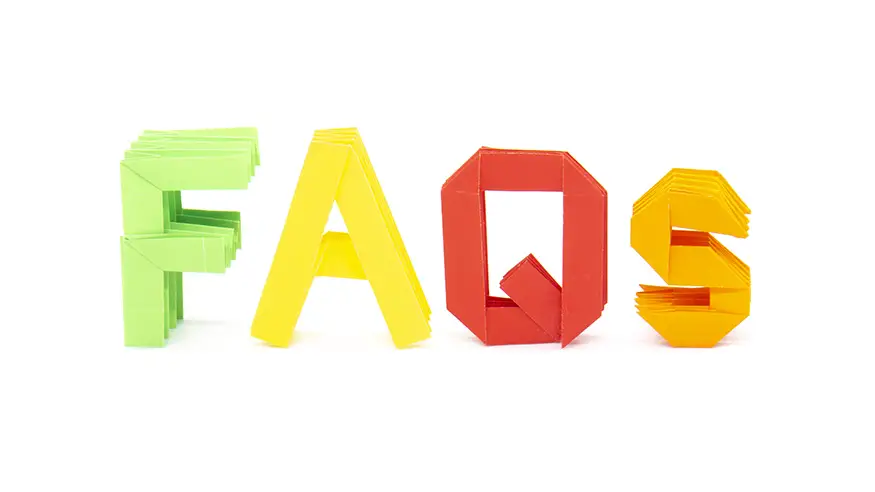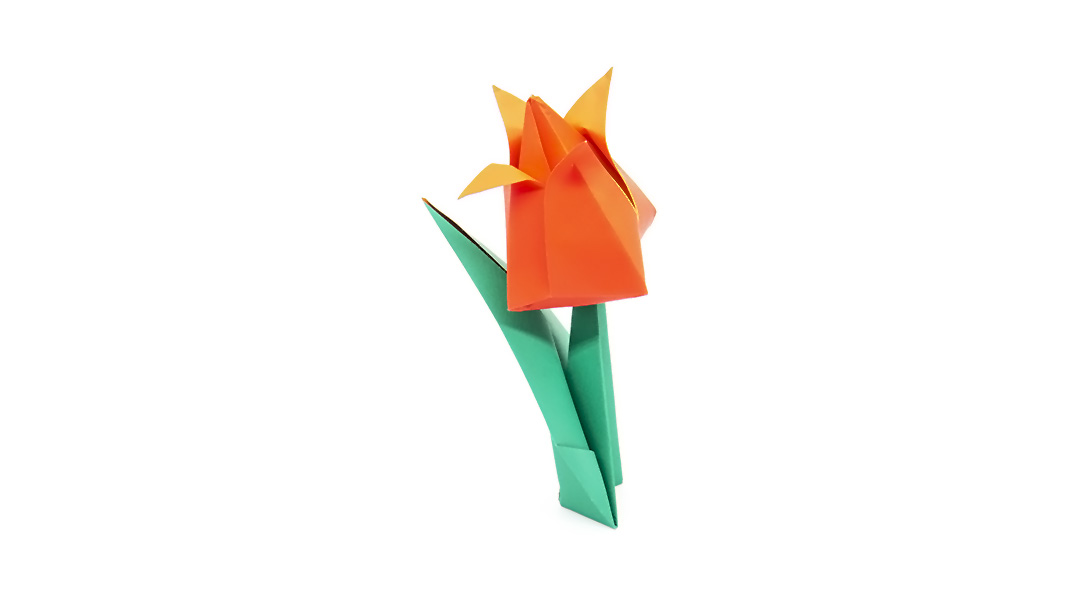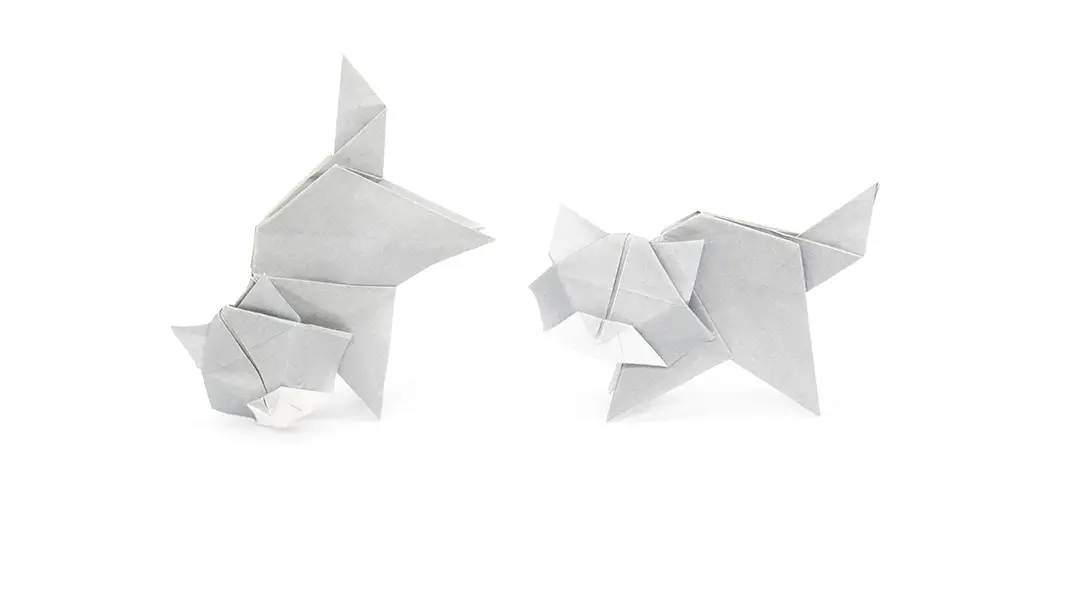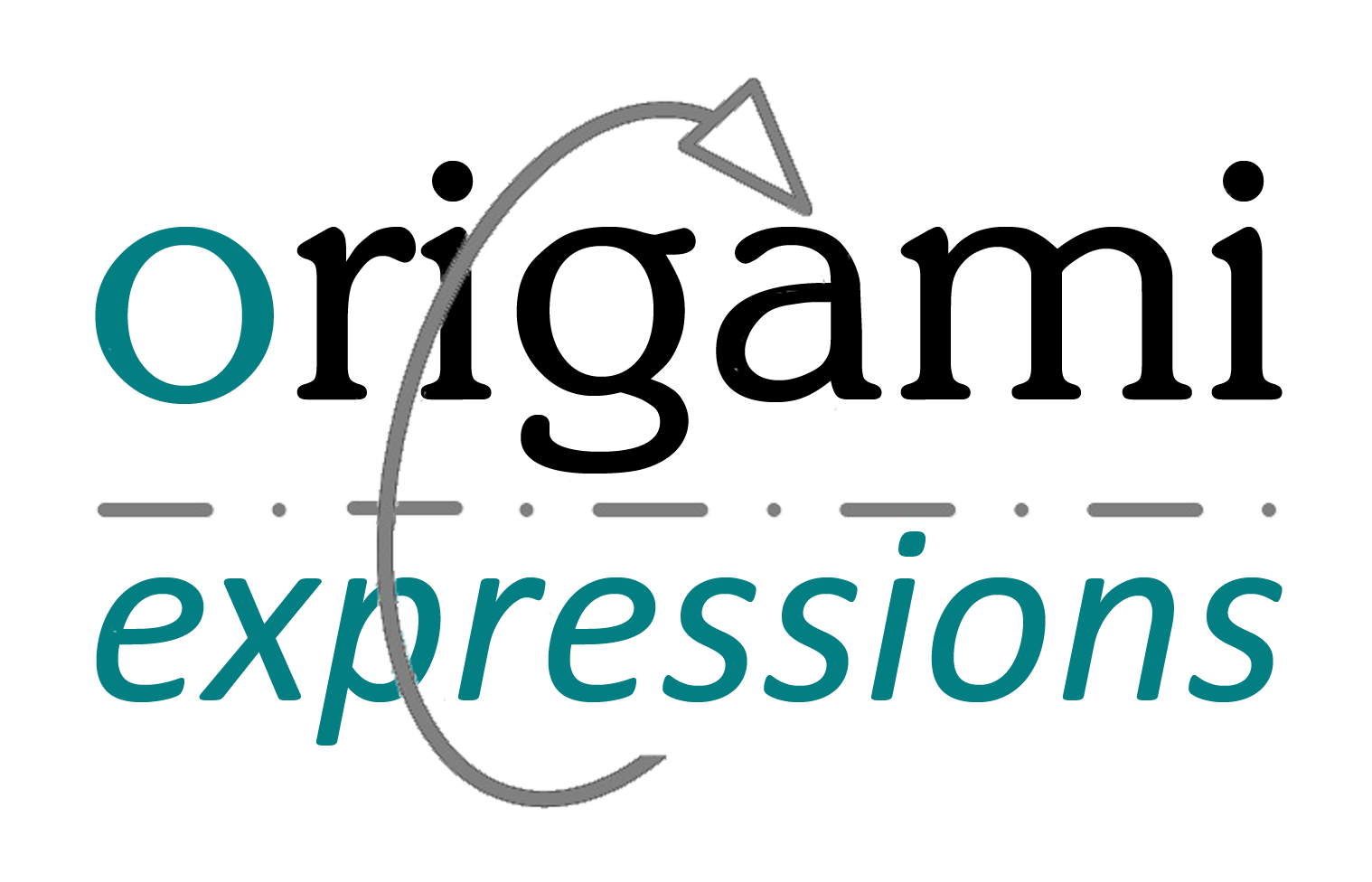 If you are new to origami, you have come to the right place. Let me try to answer some of the questions you might have about starting origami.
If you are new to origami, you have come to the right place. Let me try to answer some of the questions you might have about starting origami.
What actually is origami?
The word ‘Origami’ comes from the Japanese words for ‘fold’ and ‘paper’ – and that’s basically what it is! The process of making something out of paper, just by folding it.
It’s generally accepted to have its roots in old Japanese traditions of ceremonial paper folds and simple paper toys, but it’s been around for centuries and many other countries have contributed their own paper folding traditions over time. Most children in western schools have probably thrown a paper airplane across a classroom, but I doubt many of them would think of it as origami.
Note: This post contains affiliate links. Please see disclosure for more information.
So…just folding then? No scissors? Glue? How about sticky tape?
Well, that depends on who you talk to! Purists (including me) would say no. The idea is that when you’ve finished folding your origami model, what you have in your hand is exactly the same as what you started with – a sheet of paper. If you’ve cut the paper, that’s not true anymore. So if you want to be strict about it, then no. No scissors, no glue, no tape, no string.
That said, some people would say absolutely yes you can cut the paper. Many traditional models have cuts in them. “The ends justify the means” says Rikki Donachie, an origami designer. He likes sticking googly eyes on his models as well!
Read this post for more thoughts on cutting in origami.
Can anyone do origami?
Absolutely yes! There’s no great mystery to it. It’s just a question of understanding which bit of the paper to fold where. By learning a few basic fold types like valley folds, mountain folds and reverse folds, you can make a wide range of origami models. As your skills develop, you can start using other more complex maneuvers, like swivel folds, stretches, and sinks.

What about kids?
Yes, kids can do origami too. I started folding at age 8 and I know others that have started even earlier. Kids can have fun doing origami and will learn some life skills at the same time. Check out my post on Origami for kids to get model ideas, tips, and book suggestions for the little ones.
Do I need a lot of patience for origami?
Everybody always assumes you do, but actually it’s not true. I hear this all the time – ‘oh I could never do that, I don’t have the patience for origami’. You don’t have to be some mystic with superhuman powers of remaining calm and zen, all you have to do is remember two things:
1. Not every model you fold will work the first time you do it, and
2. If you’re struggling, can’t work something out, or it just isn’t feeling fun right now – put it down and come back to it later.
Simple! Don’t wrestle with something you’re not enjoying, do something else and try again another time. I have no idea how many times I’ve screwed the paper up into a little ball. Probably more times than I’ve successfully folded any individual model.
Do I need to fold accurately?
The more accurately you can fold, the better your finished model will look, but this comes with practice. If you’re just starting out, fold slowly and carefully. Try to keep points and corners neat and focus on following the instructions. You will find that your accuracy will improve pretty quickly.
Do I need special origami paper?
When you’re starting out, not really. For your first two to three models you can use printer paper or pages from a magazine and cut it into a square. Pretty soon though you’re going to find that it’s pretty horrible to fold with and you’ll want to get some origami paper. It’s cheap to get on Amazon, my preference is for the paper made by Folded Square.
Click here for availability and prices for Folded Square Paper on Amazon in the US.
Click here for availability and prices for Folded Square Paper on Amazon in the UK.
Truth be told, origami paper is fairly nasty too! It’s fine for most uses and it’s an easy size to work with but it’s never going to be the most beautiful stuff in the world. Just about the only things going for it are that it comes in a range of colours, and it’s pre-cut into squares.
As your origami skills develop, you will find that some models need thin and delicate papers, while others need thicker stuff, and quite often you’ll need bigger sheets of paper than a 6-inch square. You’ll also develop your own paper preferences. Experiment a bit.
Do I have to use paper?
No! You can use anything that will hold a crease. I’ve folded napkins, money, plastic sweet wrappers, thin sheets of copper – even a plastic New York City Metrocard! Some people have made origami cranes out of Chinese wonton wrappers and deep-fried them. I’ve been planning to try that out myself for ages but I’ve never got around to it.

Where can I find origami instructions?
Well, I am glad you asked me that.
There are five main sources of origami instructions:
- YouTube. There are loads of origami channels and videos on YouTube. If you’re just starting out, search for ‘traditional origami’. As you get more advanced, you’ll find there are lots of videos showing how to make more complicated models.
Not all of them are produced with the permission of the original designer though. Please try and avoid these ones. It’s not hard for a YouTube creator to ask permission of the designer and it’s simple courtesy. People that create instruction videos without asking the designer first are profiting off the back of someone else’s creativity and that’s hardly fair. Sara Adams’s channel Happy Folding is an excellent resource and all her videos are made with the permission of the original designer.
- Books. There are plenty available on Amazon. Some of which have been reviewed on the blog. I also have my book, Origami Made Simple. It includes 40 simple models perfect for those starting out in origami.
Click here to order Origami Made Simple in the US.
Click here to order Origami Made Simple in the UK.
- Websites. There is a huge number of sites that have free diagrams – including this one!
- Societies. There is a strong origami community out there, and there are active origami societies in countries across the world. You don’t even have to live in the same country, as they often have overseas membership schemes. Origami societies publish newsletters and magazines. Take a look at the British Origami Society and OrigamiUSA for example.
- Face to face. This is probably the best way to learn origami – from someone else. Many of the origami societies organise regular get-togethers and conventions. These are great fun for all abilities and ages, and you will learn a lot in a very short period of time.
So what are all these arrows and squiggly lines in the diagrams then?
There is a standard notation for origami diagrams which started with the origami master Akira Yoshizawa and other designers have built on over the years. This makes it easy to understand the models in different books and magazines. If you can read one set of diagrams, you can, by and large, read all of them. That means it’s worth learning what all of those arrows and dotted lines mean.
Some people prefer videos to diagrams, but even if that’s your preference, I still recommend learning to fold from diagrams. Sooner or later you will definitely come across a model you want to fold and can’t find a video for. Click here for my basic guide to origami symbols.
Anything else I need to know?
Just one more thing – have fun!
Oh and don’t forget to subscribe to my newsletter for more origami inspiration and tips.
Disclosure:
This page contains affiliate links and I may receive some small commission for purchases made through the links on this page. This hasn’t affected my decision to recommend a product – I value my personal and professional reputation and would not endorse a product or supplier I did not believe in. There is no additional cost to you for purchasing through this page.
As an Amazon Associate, I earn from qualifying purchases. Origami Expressions is a participant in the Amazon Services LLC Associates Program, an affiliate advertising program designed to provide a means for sites to earn advertising fees by advertising and linking to amazon.com, amazon.co.uk, amazon.ca. Amazon and the Amazon logo are trademarks of Amazon.com, Inc. or its affiliates.
